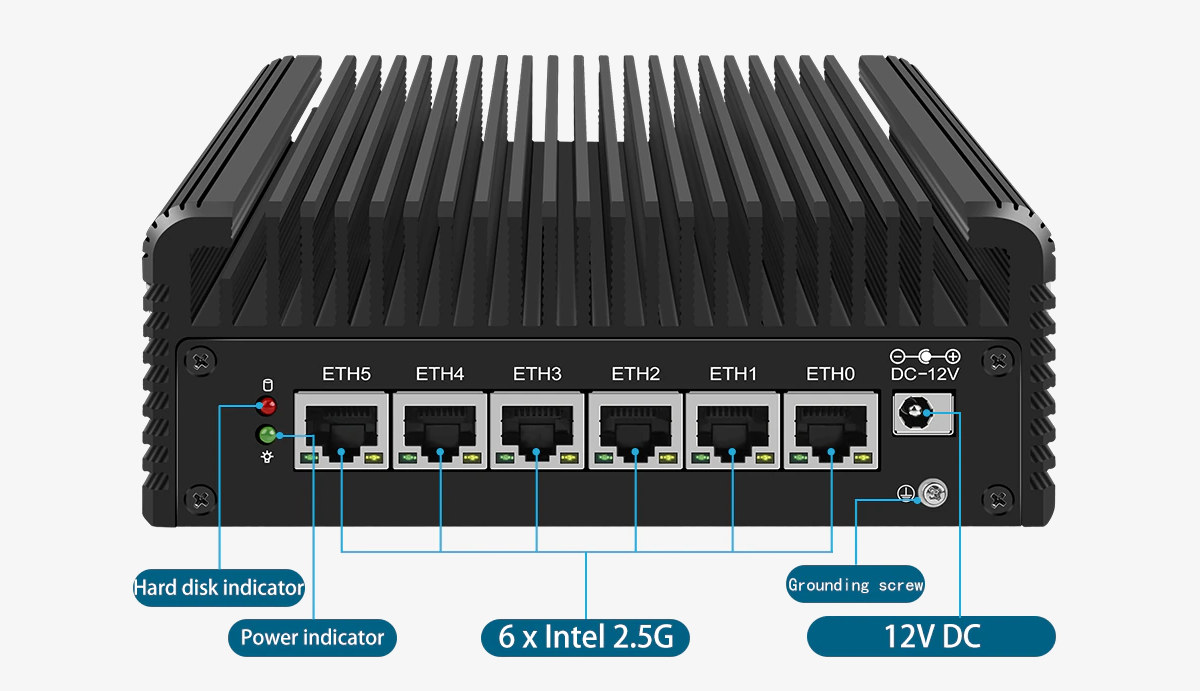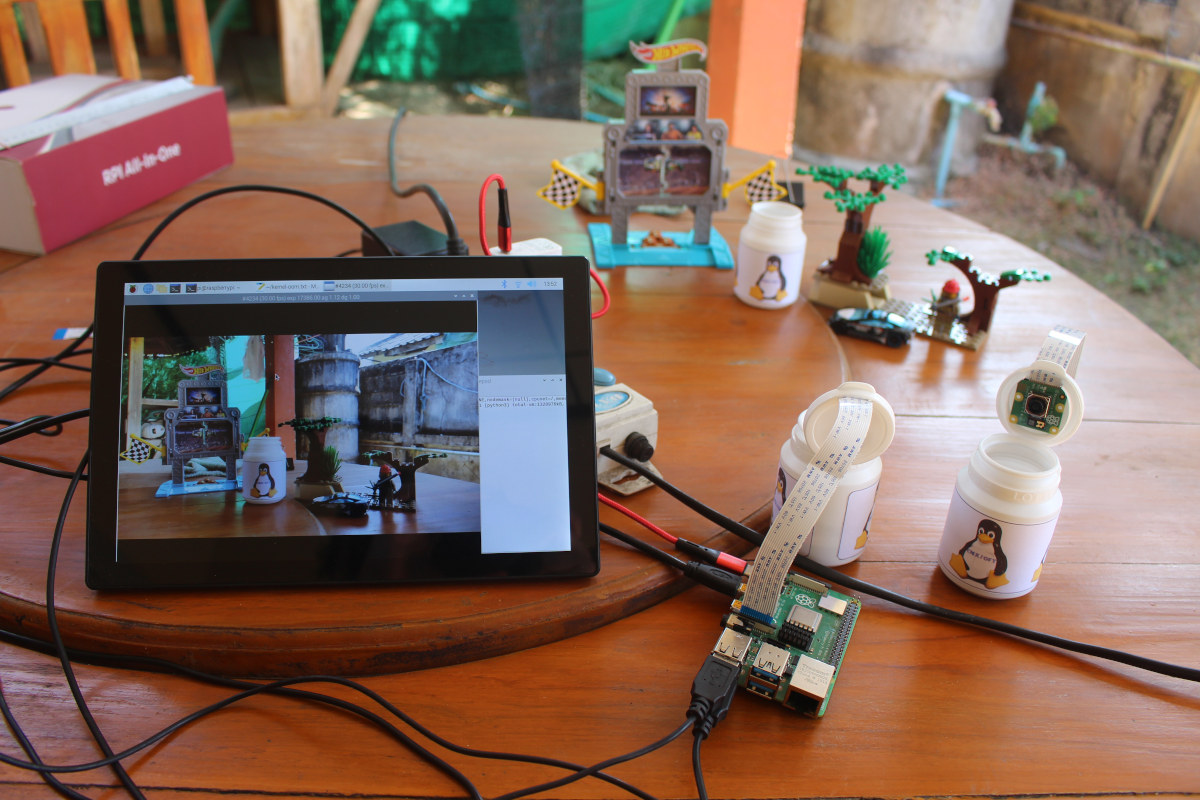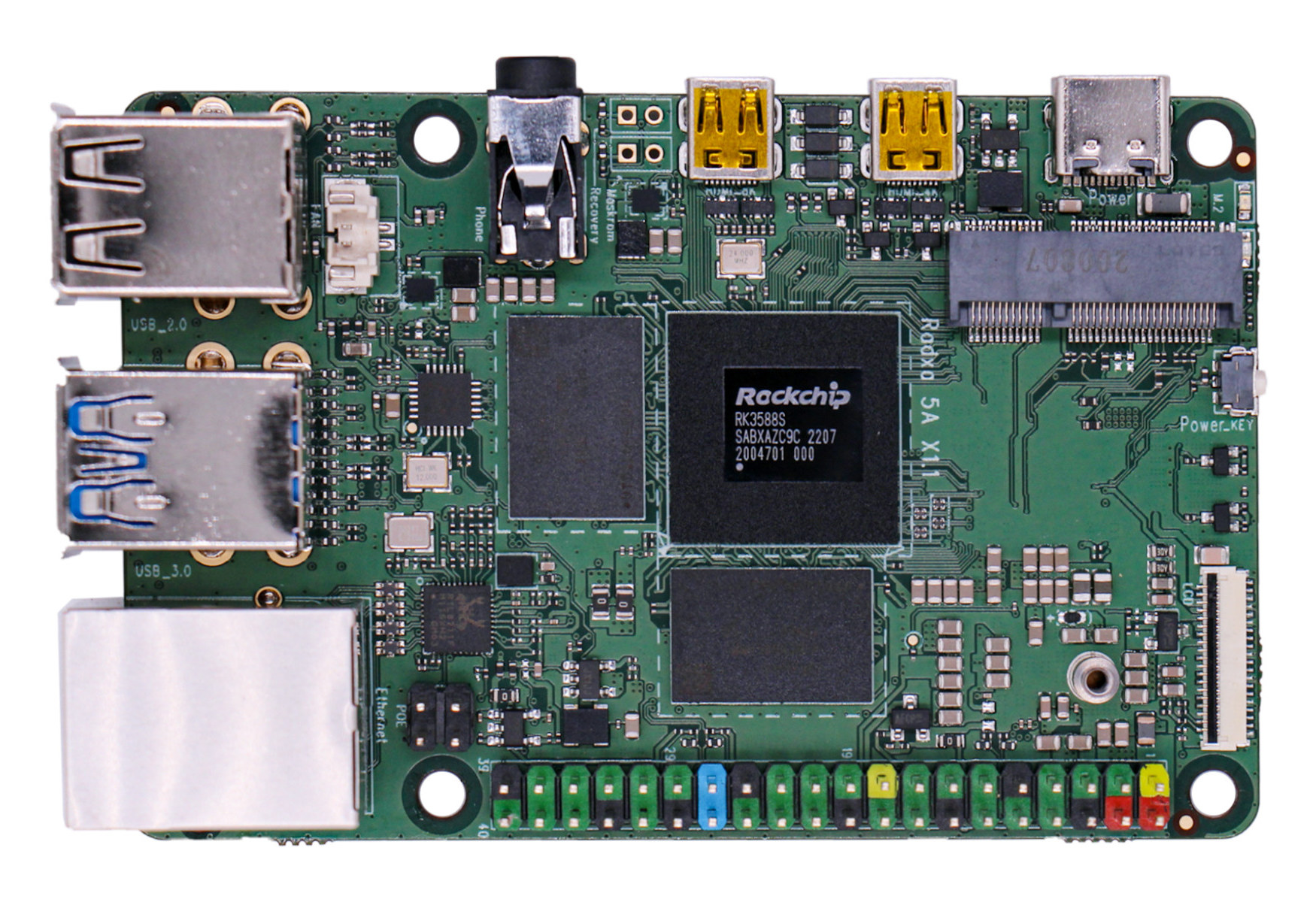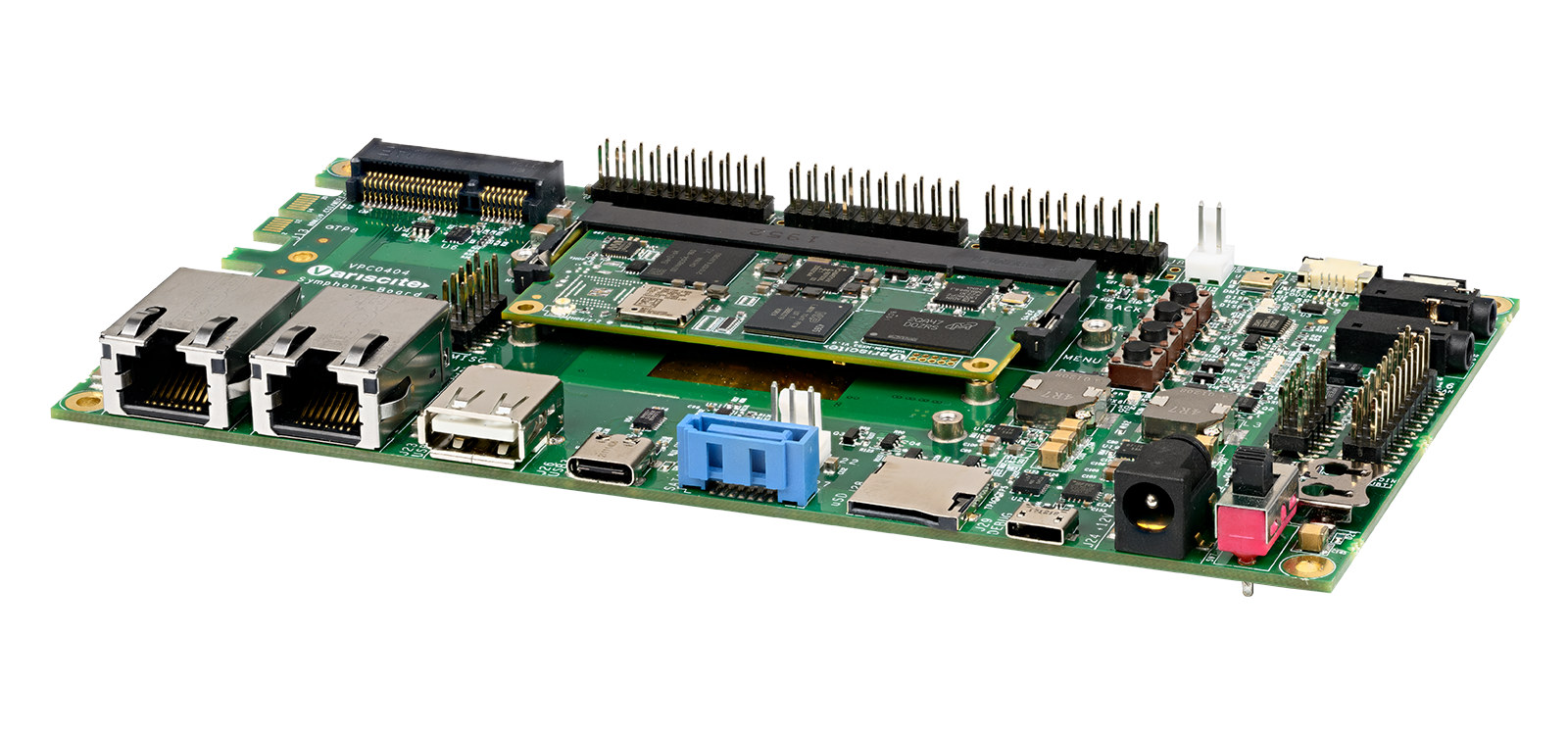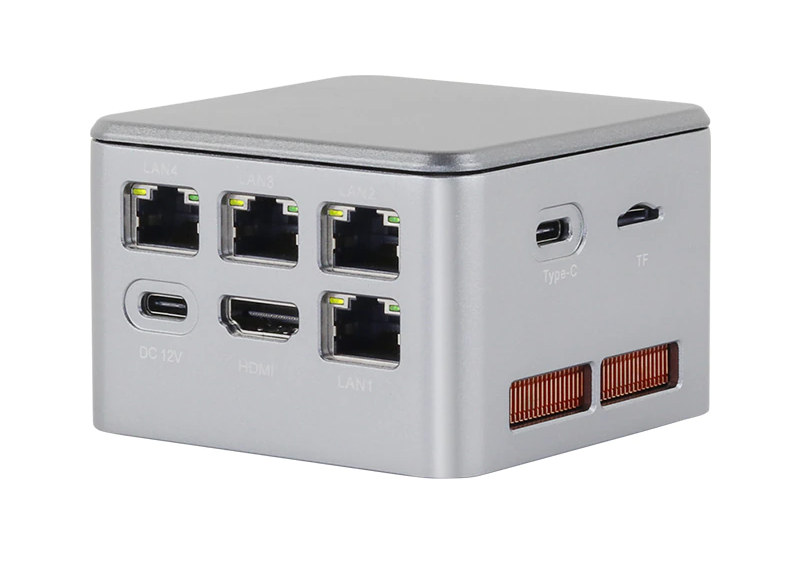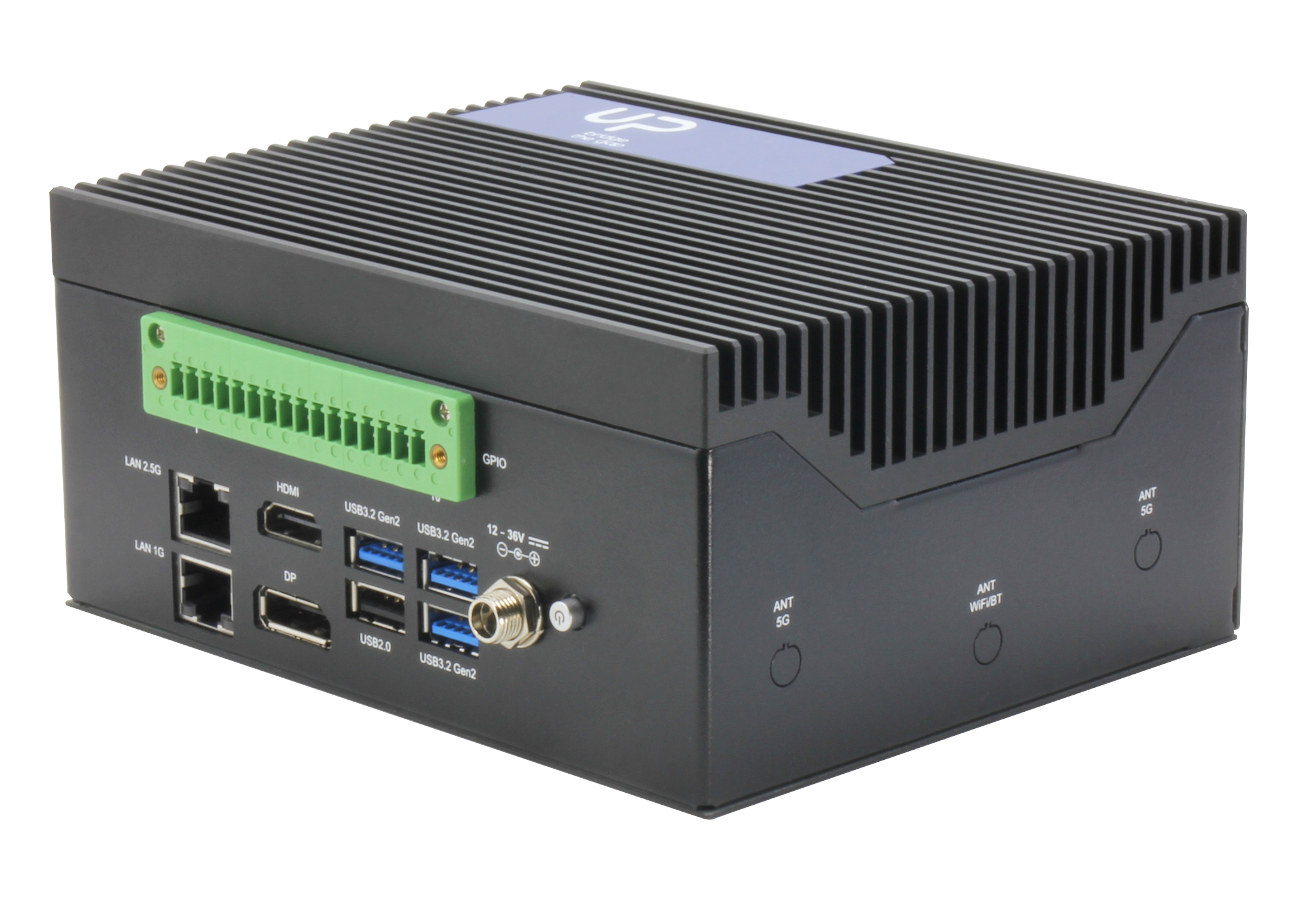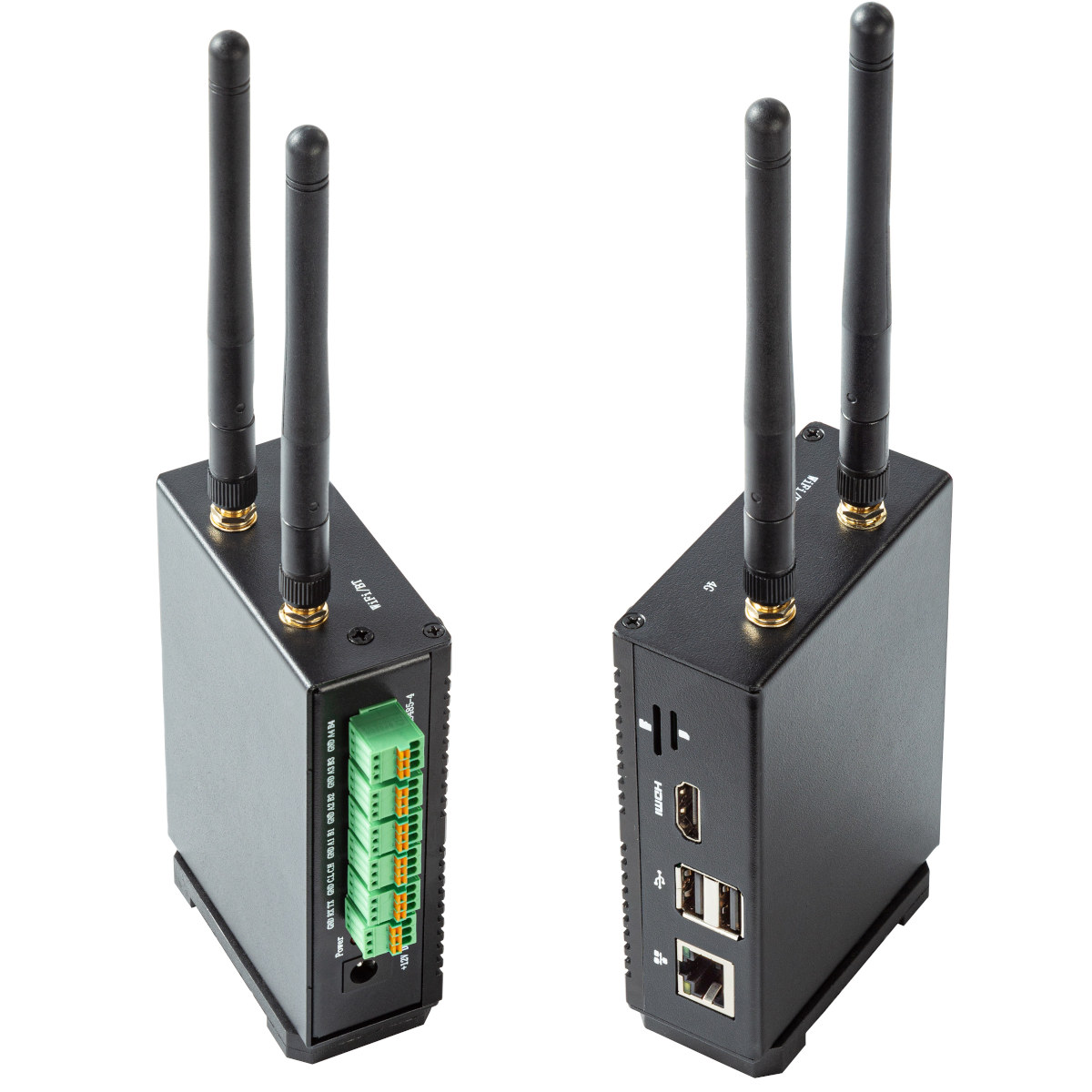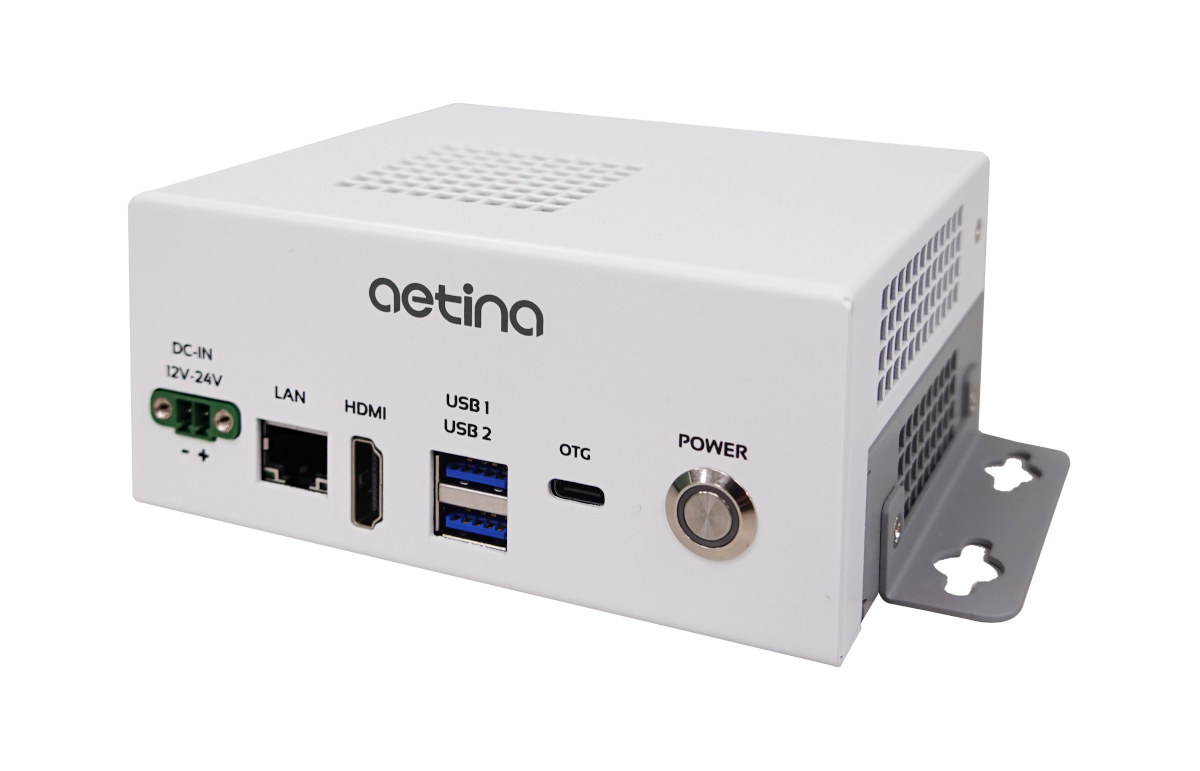An OEM fanless network appliance has shown up online with a choice of 15-watt Intel Core i3-1215U, Core i5-1235U, and Core i7-1265U Alder Lake processors, and six 2.5GbE interfaces, as well as HDMI and DisplayPort video outputs, and support for M.2 NVMe SSD and 2.5-inch SATA drives. The design looks very similar to another white brand fanless network appliance with six 2.5GbE ports and an Intel Gemini Lake processor that we covered last year. Besides the faster processor, the new system replaces i225-V controllers with i226-V controllers, some of the USB ports have been upgraded to “USB 3.2”, and DisplayPort output was added for dual display setups. Specifications: Alder Lake SoC (one or the other) Intel Core i3-1215U hexa-core processor with 2x Performance cores @ up to 4.4 GHz, 4x Efficiency cores @ up to 3.3 GHz, Intel UHD Graphics; PBP: 15W Intel Core i5-1235U 10-core processor with 2x Performance […]
Raspberry Pi Camera Module 3 review – HDR, autofocus, wide angle, and NoIR camera
A few days before launching the Raspberry Pi Camera Module 3 with HDR and autofocus, Raspberry Pi Trading asked me whether I would be interested in reviewing the new modules, and sent me three samples: the standard module, the Raspberry Pi Camera Module 3 Wide, as well as the NoIR version that lacks an IR filter and is better suited for night shots. It took a full week for DHL to send the package to my house, but I’ve now had time to review the new Raspberry Pi Camera Module 3, mostly with libcamera, but also Picamera2, focusing on the new features such as HDR, autofocus, and wide angle. I also had a quick try at the Raspberry Pi Camera Module 3 NoIR but without IR lights. Regular readers know I had already made some DIY camera mounts using empty gum bottles, and I just replaced the Lotte XYLITOL stickers […]
Radxa ROCK 5A SBC – A Raspberry Pi 4 lookalike with up to 16GB RAM, Rockchip RK3588S SoC
Radxa has just unveiled the ROCK 5A single board computer (SBC) following Raspberry Pi 4 form factor and powered by a Rockchip RK3588S octa-core Cortex-A76/A55 processor coupled with up to 16GB of RAM as a way to celebrate Chinese New Year 2023. The Radxa ROCK 5A (aka ROCK5 Model A) closely follows the Raspberry Pi 4 layout, including two micro HDMI ports, a 3.5mm AV port, a microSD card, a 40-pin GPIO header, four USB ports, and a Gigabit Ethernet port. The MIPI DSI connector is there too, and so is the MIPI CSI camera connector, but in a different location. Radxa also added some features such as an M.2 socket for a wireless module (since there’s none on board) and eMMC flash module connectors, among other smaller changes (e.g. Power button!). ROCK 5A specifications: SoC – Rockchip RK3588S CPU – Octa-core processor with 4x Cortex-A76 cores @ up to […]
VAR-SOM-MX93 SO-DIMM NXP i.MX 93 SoM features WiFi, Bluetooth, Audio codec
Variscite VAR-SOM-MX93 is a 200-pin SO-DIMM system-on-module based on NXP i.MX 93 dual-core Cortex-A55/M33 AI processor with up to 2 GB LPDDR4 RAM, 64GB eMMC flash, and onboard WiFi & Bluetooth module and audio driver. The Variscite module follows the announcement of two other NXP i.MX 93 system-on-modules, namely the Forlinx FET-MX9352-C with board-to-board connectors and the iWave Systems iW-RainboW-G50M LGA module compliant with OSM Size L form factor to be soldered directly on the carrier board. VAR-SOM-MX93 specifications: SoC – NXP i.MX 93 with up to 2x Cortex-A55 cores @ 1.7GHz, 1x Cortex-M33 real-time co-processor @ 250 MHz, 0.5 TOPS NPU, 2D PxP graphics engine System Memory – 512MB to 2GB LPDDR4 Storage – 8 to 64GB eMMC flash, 4KB EEPROM Ethernet – ADIN1300 Gigabit Ethernet PHY Wireless module Single-band 802.11 b/g/n WiFi 4 or dual-band 802.11 ac/a/b/g/n WiFi 5 Bluetooth 5.2 classic + LE Audio – Unnamed Audio […]
XCY-X66 is a tiny Intel Celeron N5105 Mini PC with four 2.5GbE ports
XCY-X66 is a tiny (75 x 75 x 52mm) mini PC based on Intel Celeron N5105 Jasper Lake and equipped with four 2.5GbE ports using Intel i225V controllers that should make it suitable for a range of networking applications. The small actively-cooled computer also comes with 8GB LPDDR4X, an M.2 2242 socket suitable for NVMe or SATA storage, one 4K-capable HDMI 2.0 port, and a few USB ports. XCY-X66 mini PC specifications: SoC – Intel Celeron N5105 quad-core Jasper Lake processor @ 2.0GHz / 2.9GHz (Turbo) with Intel UHD graphics 605; 10W TDP System Memory – 8GB LPDDR4X Storage 1x M.2 M-key 2242 socket for NVMe PCIe 3.0 or SATA 3.0 SSD MicroSD card slot Video Output – 1x HDMI 2.0 up to 4Kp60 Networking – 4x 2.5GbE RJ45 ports via Intel i225V 2.5GbE controllers USB – 2x USB 3.0, 1x USB 3.0 Type-C port, 1x USB Type-C for power […]
UP Xtreme i12 Edge mini PC features Alder Lake-P SoC up to Intel Core i7-1270PE
AAEON has just launched the UP Xtreme i12 Edge mini PC based on the company’s UP Xtreme i12 SBC equipped with an Intel Core i7-1270PE and other Alder Lake processors, up to 32GB LPDDR5 memory, and support for two M.2 NVMe SSD as well as SATA storage The Xtreme i12 Edge is the successor of the Xtreme i11 Edge Compute Enabling Kit powered by a choice of Intel Tiger Lake processors. It also comes with 2.5GbE and GbE networking, one USB4 port, several USB 3.2 Gen2 ports, HDMI and DisplayPort video outputs, plus some COM ports and a terminal block for GPIOs. UP Xtreme i12 Edge mini PC specifications: Alder Lake-P SoC (One or the other) Intel Core i7-1270PE 12-core/16-thread processor @ 3.30GHz / 4.50GHz (Turbo) with 96EU Intel Xe graphics – PBP: 28W, up to 64W MTP Intel Core i5-1250PE 12-core/16-thread processor @ 3.20GHz / 4.40GHz (Turbo) with 80EU […]
EDATEC CM4 Sensing industrial computer offers CAN bus, RS485, and RS232 interfaces
EDATEC CM4 Sensing is a compact industrial computer based on the Raspberry Pi Compute Module 4 (CM4) with multiple RS485, RS232, and CAN bus interfaces, an HDMI port, two USB ports, Gigabit Ethernet, and optional WiFi, Bluetooth, and/or 4G LTE connectivity. The industrial mini PC can operate in the -25 to 70°C temperature range, supports 8 to 28V DC wide voltage input, includes an RTC, and the single board computer also features a MIPI DSI interface to connect the official Raspberry Pi 7-inch display as well as an FPC interface with HDMI and USB touch. EDATEC CM4 Sensing specifications: SoM – Raspberry Pi CM4 module with Broadcom BCM2711 quad-core Cortex-A72 SoC, 1GB to 8GB LPDDR4 RAM, and up to 32GB eMMC flash Storage – MicroSD card socket for data storage. It can work with the eMMC flash on the CM4 module Display I/F 1x HDMI 2.0 Type-A port up […]
Aetina unveils NVIDIA Jetson Orin Nano and Orin NX edge embedded systems
Aetina has recently announced several embedded systems based on NVIDIA Jetson Orin NX and Orin Nano which they showcased at CES 2023. We’ll specifically have a look at the AIE-KO21/31 and AIE-KN31/41 edge devices designed for mainstream and entry-level edge AI computing. NVIDIA introduced the NVIDIA Jetson Orin NX SO-DIMM modules in March 2022 and followed up with the lower-cost pin-compatible Jetson Orin Nano modules in September with mass production scheduled for Q4 2022 and Q1 2023 respectively. Last week, we covered the first NVIDIA Jetson Orin NX edge AI computer we had seen, namely Seeed Studio reComputer J4012, but it turns out Aetina also announced their own Jetson Orin NX/Orin Nano industrial embedded computers around the same time. Aetina AIE-KO21, AIE-KO31, AIE-KN31, and AIE-KN41 specifications: System-on-module AIE-KO21 – NVIDIA Jetson Orin Nano 4GB with up to 20 TOPS of AI performance AIE-KO31 – NVIDIA Jetson Orin Nano 8GB with […]


